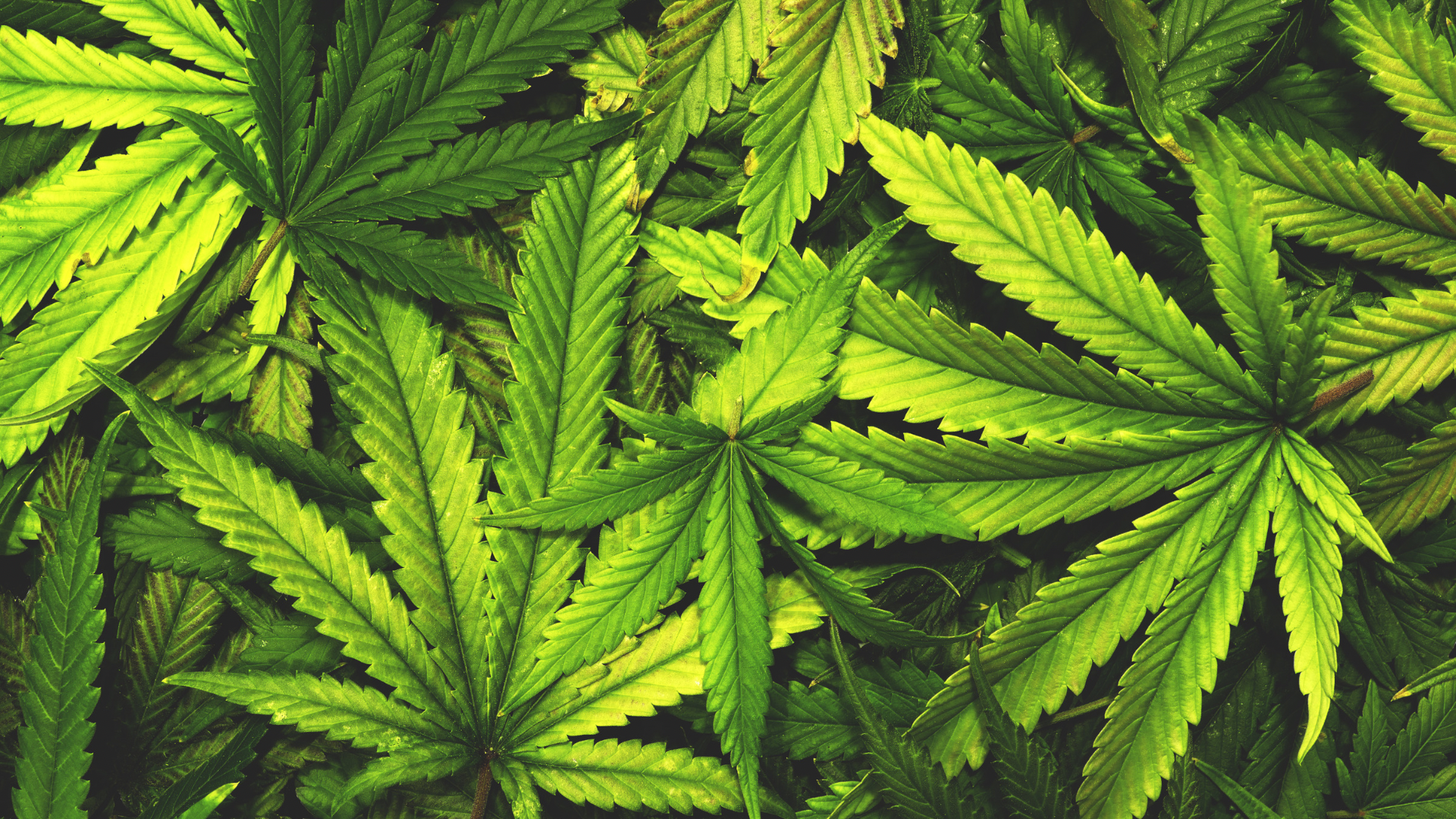Cannabis is one of the most common plants in the world and is often used for medicinal purposes
Cannabis is one of the most widely grown plants in the world. Cannabis grows wild and is cultivated in many countries; however, the most powerful strains of cannabis sativa are now grown in the United States. Derived from cannabis are marijuana, hashish, and hashish oil. Marijuana is the most widely used and readily available drug comprised of dried leaves and flowers of the cannabis sativa plant, better known as the hemp plant. In traditional Indian medicine, the ayurvedic names of cannabis are “vijaya” – ‘the one who conquers’ and “siddhi” – ‘subtle power’, and ‘achievement’. It is called ma in traditional Chinese medicine.
Marijuana is the most widely used and readily available drug and is comprised of dried leaves and flowers of the Cannabis sativa plant. It grows naturally in the wild and is used globally throughout many cultures for medicinal, recreational, and spiritual practices.
Evidence of Cannabis use goes back thousands of years with clear physical evidence that mourners burned cannabis for its intoxicating fumes on a remote mountain plateau in Central Asia some 2,500 years ago. Traditional naturalist beliefs, such as using plants for healing, are often overlooked today despite once being a core part of federally sponsored research and development projects before a series of federal restrictions blocked access to some products that naturally grow in the wild.
Why is cannabis illegal?
In October 2022, President Biden asked the Secretary of Health and Human Services and the Attorney General to initiate the administrative process to review expeditiously how cannabis is scheduled under federal law. Cannabis is currently classified as a Schedule I drug of the Controlled Substances Act, the classification meant for the most dangerous substances. This is the same schedule as for heroin and even higher than the classification of fentanyl and methamphetamine – the drugs that are driving the overdose epidemic in the United States. Schedule 1 drugs are determined to have no medical use but this may not be the case since large-scale research is illegal. This means that we cannot determine its medical significance until the federal government grants federal access to the hemp plant to not only universities and big pharma but small businesses and individuals as well.
How does the federal government impact pharmaceutical research?
According to the Congressional Budget Office, the federal government affects research and development in the pharmaceutical industry in three ways:
- Increase demand and innovation for prescription drugs by fully or partially subsidizing the purchase of prescription drugs through federal programs like Medicare and Medicaid
- Increasing the supply of new drugs by providing funding to pharmaceutical companies for medical research offers opportunities for market exclusivity via the patent system so that the pharmaceutical company can maintain higher prices making it profitable for pharmaceutical companies
- Creating federal policies that affect the development of new drugs by influencing both demand and supply
The rescheduling of cannabis, and other naturally occurring resources like psilocybin mushrooms, peyote, and khat, will allow for more research on the use of medicinal plants and fungi in the treatment of mental health issues afflicting Americans. According to the CDC, an estimated 30% of Americans had symptoms of anxiety disorder or depressive disorder in 2022. Tripling from 10.8% reported in 2019 before the COVID-19 pandemic.

Communities can be impacted positively by cannabis reform
In addition to medical research, overall legalization would benefit local communities, especially in areas with poor opportunities. Since Biden’s October statement, Maryland, Connecticut, and Kentucky have since relaxed cannabis laws with Rhode Island opening recreational sales with an expected $80 million within the first year. Legalizing cannabis would create new opportunities for small businesses and entrepreneurs to safely innovate and commercialize cannabis products for home use. Across America, there could be significant economic potential in areas such as retail, entertainment, restaurants, technology, agriculture, and media. This could be expedited with federal access through legalization. We could have a future with cannabis cafes in small-town Ohio, locally canned THC-infused beverages being sold on golf courses in North Carolina, or rural Louisiana farms could be transformed into cannabis farms to boost agricultural growth in marginalized communities. The National Bureau of Economic Research found that cannabis reform will increase job opportunities in agriculture while dispelling concerns about health, safety, and economic harm.
Sources
Cannabis, Drug Enforcement Administration Museum. Drug Enforcement Administration. Available at: https://museum.dea.gov/exhibits/online-exhibits/cannabis-coca-and-poppy-natures-addictive-plants/cannabis (Accessed: November 29, 2022).
Research and Development in the Pharmaceutical Industry. (2021, April 8). Congressional Budget Office. https://www.cbo.gov/publication/57126







